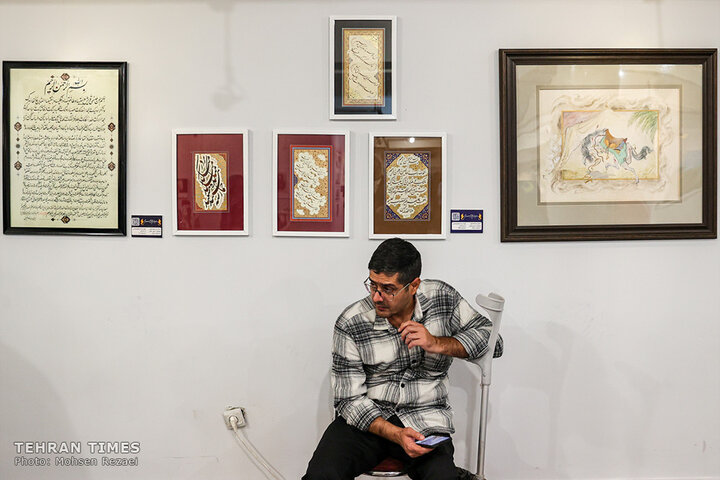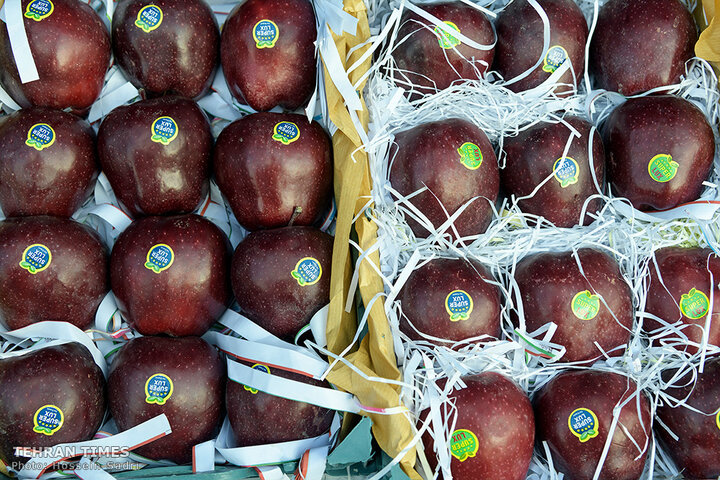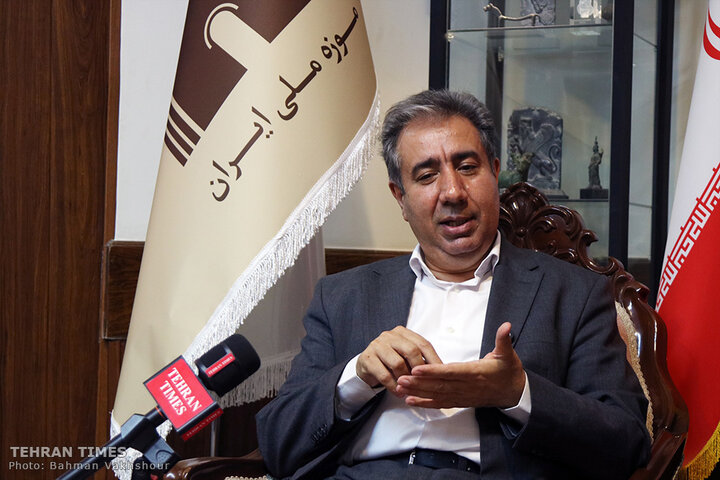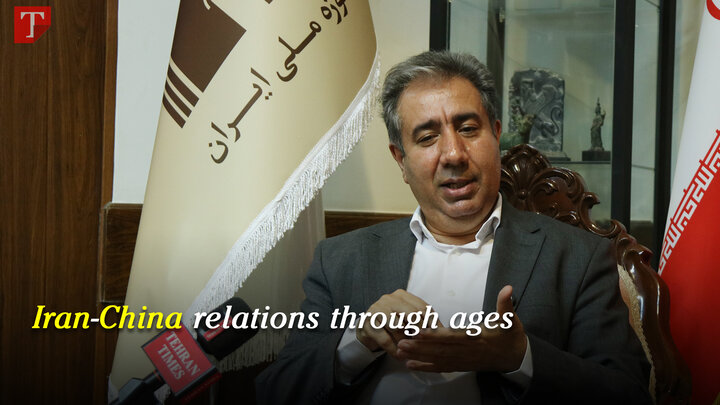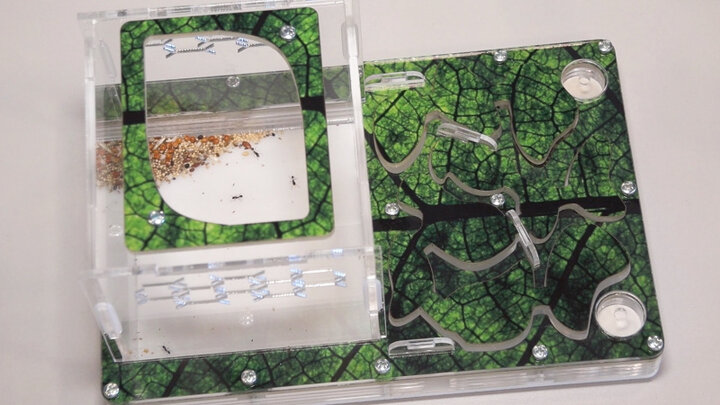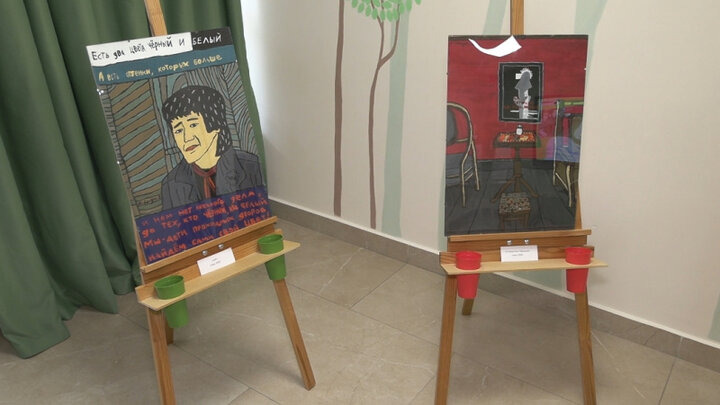-
 2025-10-27 21:04
2025-10-27 21:04
By Sondoss Al Asaad
Hezbollah: Firm readiness for defense
Naim Qassem tells Israel: “What you failed to achieve before, you will not achieve again”
BEIRUT — In his first year as leader, Sheikh Naim Qassem has driven Hezbollah’s recovery, refusing to yield to grief or crisis and instead launching a disciplined campaign to rebuild its military, moral, and organizational strength.
-
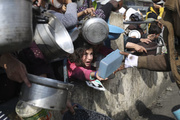
By Shahab Sarmadi
Gaza’s suffering deepens despite Trump’s ceasefire plan
TEHRAN – More than two weeks after the ceasefire between Israel and Hamas, the people of Gaza continue to endure catastrophic humanitarian conditions.
-
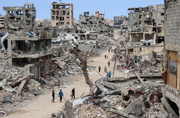
By Batool Subeiti
The illusion of peace in defeat
LONDON - The war fronts backing Gaza have decided to stand against the Israeli attempt to eliminate the Gazan resistance. The resistance was in a state of defense and not in a state of attack throughout Operation Al-Aqsa Flood. There is a difference between one who holds a rightful position and moves within that circle, and one who practices tyranny to achieve illegitimate goals.
-

By Wesam Bahrani
Israeli-backed militias face deadly risks in Gaza
TEHRAN – The Zionist regime’s secret plan in Gaza is to arm local militias to weaken Hamas and reshape control from within.
-

A new barter agreement set to transform Iran-Pakistan ties
Pakistan’s ambassador to Tehran says the deal ‘significant and valuable’
TEHRAN – During a press conference at the Pakistani embassy in Tehran, Pakistan’s Ambassador to Iran, Muhammad Mudassir Tipu, said the two countries are poised for even deeper ties as a recently signed barter agreement begins implementation and expands to include various sectors.
-

Envoy details China's latest development plan in gathering with Iranian journalists
TEHRAN – On Monday, China's Ambassador to Iran, Cong Peiwu, invited journalists from major Iranian media outlets to the Chinese embassy in Tehran to expound on Beijing's recently drafted development plan and its vision for diplomatic ties with the rest of the world.
Politics
-
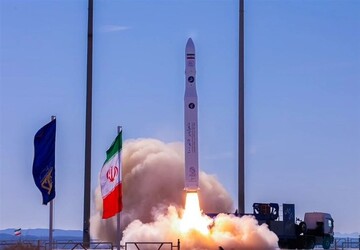
Iran’s satellite industry a low-cost one, says space chief, as country aims to attract customers
TEHRAN – The head of the Iranian Space Agency says the country manufactures satellites domestically at a low-cost.
-
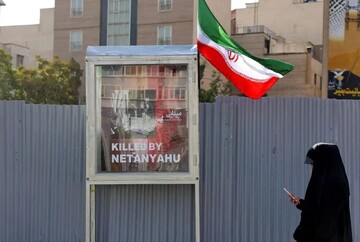
Redefining dignity: How Iran is rebuilding from inside out after the war
The morning after Israel’s attack on Tehran was reminiscent of the moments experienced by major cities after their own crises: silent streets, scattered sirens, and eyes still uncertain of how to look at the world again. According to official figures, more than a thousand people lost their lives, including hundreds of women and children. Yet beyond these numbers, a deeper issue was taking shape — a crisis of trust.
-
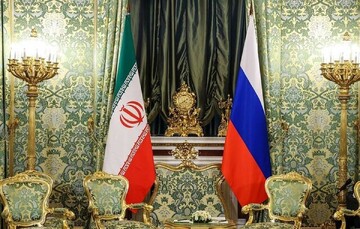
Relations with Russia at a ‘very good and developing level’, Iran's envoy briefs Parliament
TEHRAN – Iran’s Ambassador to Russia, Kazem Jalali, told Iranian lawmakers that relations between Tehran and Moscow are at a “very good and developing level,” citing growing economic, political, and strategic cooperation, and reaffirming that Russia continues to support Iran’s positions on key regional and nuclear issues.
Sports
-
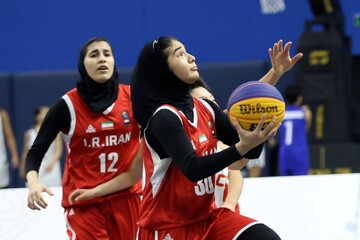
Iran’s girls’ 3x3 basketball win silver: 2025 AYG
TEHRAN – Iran’s girls’ 3x3 basketball team Chinese Taipei 15-14 to win a silver medal on Monday at the Asian Youth Games in Manama, Bahrain.
-

Iranian U23 freestylers win two more medals at world championships
TEHRAN - Abolfazl Mohammadnejad and Sina Khalili of Iran won a gold and a silver medal, respectively at the 2025 U23 World Wrestling Championships Sunday evening.
-
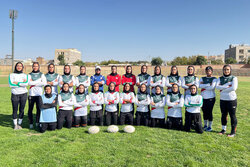
Iran runners-up at 2025 Asia Rugby Women’s Sevens Trophy
TEHRAN – Iran finished runners-up at the 2025 Asia Rugby Emirates Women’s Sevens Trophy.
Culture
-
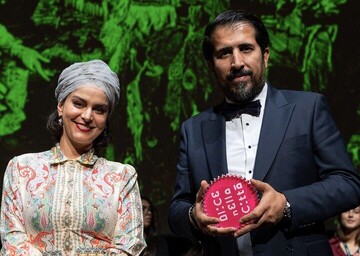
Iranian feature film “My Daughter’s Hair” wins top award at Italian festival
TEHRAN – The Iranian feature film “My Daughter’s Hair” directed by Hesam Farahmand won the top award of the 23rd Alice nella Città film festival, which was held from October 15 to 26, in Rome, Italy.
-
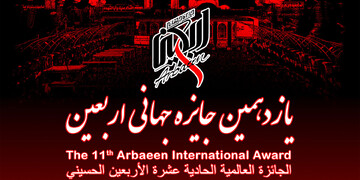
Worldwide participants invited to submit works for 11th Arbaeen International Award
TEHRAN- The 11th edition of the prestigious Arbaeen International Award is set to be held, celebrating one of the most significant spiritual and cultural events in the Islamic world.
-
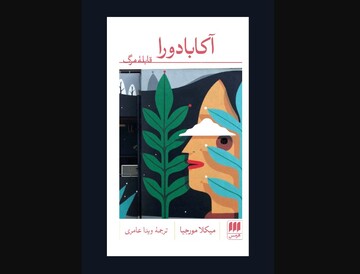
“Accabadora” at Iranian bookstores
TEHRAN-A Persian translation of Italian novelist and playwright Michela Murgia’s book “Accabadora” has recently been published by Hermes Publications in Tehran.
Economy
-
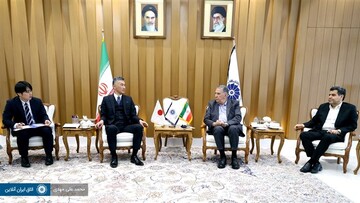
Iran, Japan seek closer trade ties focusing on health, food industries
TEHRAN – Iran Chamber of Commerce, Industries, Mines and Agriculture (ICCIMA) Head Samad Hassanzadeh met with Japan’s Ambassador to Tehran Tsukada Tamaki, to explore new avenues for trade cooperation between the two nations, emphasizing non-sanctioned sectors such as healthcare, agriculture, and food industries.
-

Railway link seen vital to achieving $30b Iran-Turkey trade target
TEHRAN – Iran’s railway head highlighted the pivotal role of rail transport in meeting the $30 billion trade goal set by the presidents of Iran and Turkey, emphasizing the need for enhanced cooperation and infrastructure facilitation to expand freight and passenger transport between the two neighbors.
-

Petchem projects under Iran’s 7th Development Plan reach 60% progress
TEHRAN – Iran’s National Petrochemical Company (NPC) announced that projects included in the country’s Seventh National Development Plan have achieved an average progress rate of 60 percent, with an estimated total investment requirement of around $26 billion.
Society
-
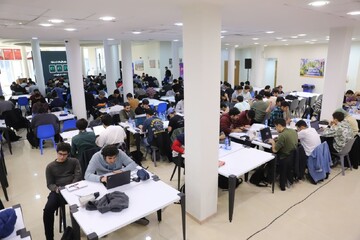
Tehran hosting 2nd Intl. Tech Olympics
TEHRAN – Over 1,100 technology experts from 16 countries, namely Pakistan, Oman, Russia, Vietnam, Turkey, Tunisia, Iraq, Bangladesh, Azerbaijan, India, Lebanon, Indonesia, Romania, Algeria, and the Netherlands, plus Iran, are competing in the final round of the second International Tech Olympics which kicked off in Tehran on Monday and will run till October 30.
-

Health minister attending Global Health Exhibition
TEHRAN – A delegation of senior managers in the pharmaceutical and medical equipment industries, led by Health Minister Mohammad-Reza Zafarqandi, is participating in the eighth edition of the Global Health Exhibition, running from October 27 to 30 at Riyadh Exhibition and Convention Center, Saudi Arabia.
-
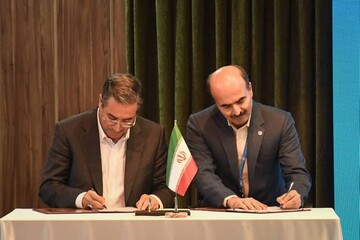
Japan funds FAO-UNDP project to help restore Lake Urmia
TEHRAN – With the financial support of the Government of Japan, the Food and Agriculture Organization (FAO) of the United Nations and the United Nations Development Programme (UNDP) have signed a cooperation document, aiming to help revive the drying Lake Urmia in northwestern Iran.
Tourism
-
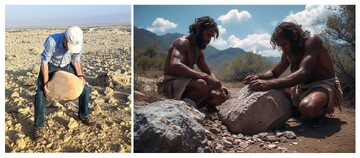
Evidence of Lower Paleolithic toolmakers may rewrite history of human migration to Iranian Plateau
TEHRAN - A massive prehistoric settlement discovered in southern Iran’s Hormozgan province is set to rewrite the history of early human migration to the Iranian Plateau, pushing back evidence of human presence in the region by hundreds of thousands of years.
-
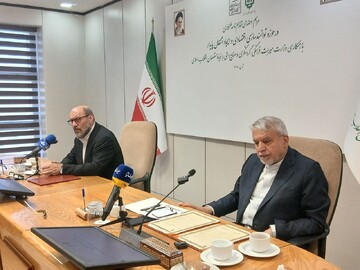
Mostazafan Foundation, tourism ministry sign agreement to boost jobs and economic empowerment
TEHRAN – Iran’s Mostazafan Foundation and the Ministry of Cultural Heritage, Tourism and Handicrafts have signed an agreement aimed at promoting economic empowerment and creating sustainable jobs.
-
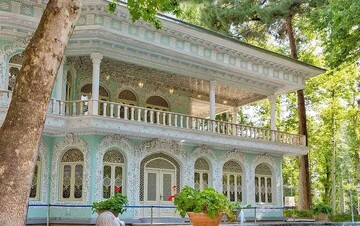
20 new museums to be added to Tehran’s cultural scene
TEHRAN--Nearly 20 museums will be added to Tehran's cultural and tourism sites, said CEO of Tehran Municipality Cultural Spaces Development Company Nazem Razavi.
International
-

Gaza’s suffering deepens despite Trump’s ceasefire plan
TEHRAN – More than two weeks after the ceasefire between Israel and Hamas, the people of Gaza continue to endure catastrophic humanitarian conditions.
-

The illusion of peace in defeat
LONDON - The war fronts backing Gaza have decided to stand against the Israeli attempt to eliminate the Gazan resistance. The resistance was in a state of defense and not in a state of attack throughout Operation Al-Aqsa Flood. There is a difference between one who holds a rightful position and moves within that circle, and one who practices tyranny to achieve illegitimate goals.
-

Israeli-backed militias face deadly risks in Gaza
TEHRAN – The Zionist regime’s secret plan in Gaza is to arm local militias to weaken Hamas and reshape control from within.
Video Comment
-

Culture minister highlights year of progress in arts, global image enhancement
-
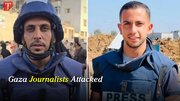
Gazan Journalists attacked by Israel
-
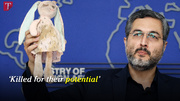
Brother of Iranian scientist murdered in Israeli strike speaks out
-
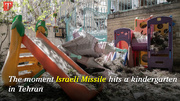
Footage shows Israel hit a kindergarten in Tehran
-
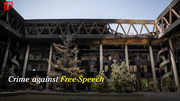
Delegates and ambassadors from 28 countries visited the IRIB building
Most Viewed
-
Former IRGC commander says Iran’s missiles and drones now outperform Russia
-
Aggression in Gaza under Trump’s “ceasefire” deception
-
Iran ready for interaction with US on equal footing: Araghchi
-
Iran launches pilot program for tourist currency exchange and payment cards at airports
-
Iran holds talks with Iraq on preserving ruins of Taq Kasra monument
-
The family business: Drones, crypto, and Trump’s corruption machine
-
Australian police find organized crime, not Iran, behind antisemitic attacks
-
West Asia according to Trump: Iran as the pivot of regional strategy
-
Persian Gulf fully secure under Iran’s watch, says IRGC Navy chief
-
Iran parliament speaker hails Russia, China for rejecting ‘snapback’
-
‘Gaza Metro’ endures as Israel’s mission falls short
-
Quranic-themed handicraft exhibit underway in Sanandaj
-
Some 400,000 authorized foreign nationals working in Iran
-
Tehran hosting 2nd Intl. Tech Olympics
-
Iranian missiles send message of peace through strength
